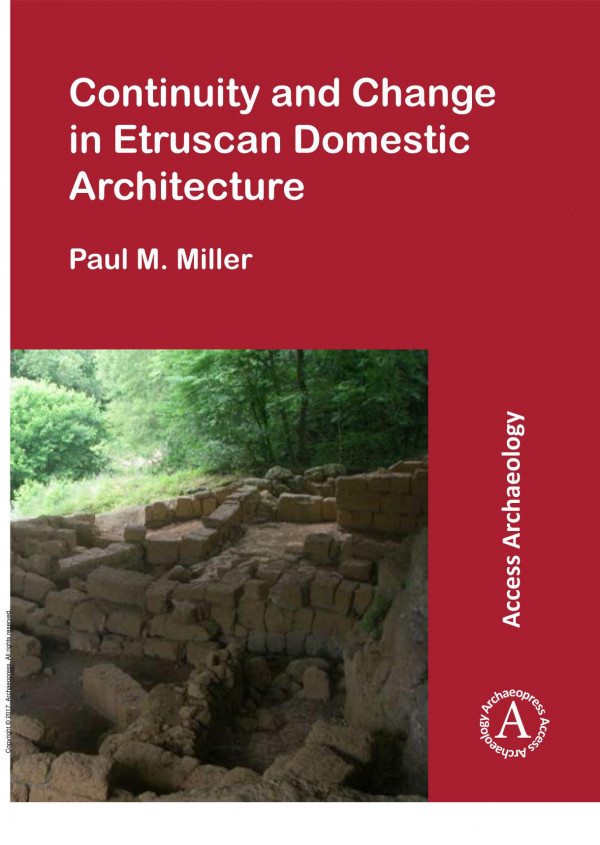(Ebook) Continuity and Change in Etruscan Domestic Architecture by Paul M. Miller ISBN 9781784915810, 1784915815
Etruscan architecture underwent various changes between the later Iron Age and the Archaic period (c. 800-500 BC), as seen in the evidence from several sites. These changes affected the design and style of domestic architecture as well as the use of raw materials and construction techniques. However, based on a supposed linear progression from inferior to superior building materials, explanations and interpretations often portray an architectural transition in Etruria from 'prehistoric' to 'historic' building types. This perspective has encouraged a rather deterministic, overly simplified and inequitable view of the causes of change in which the replacement of traditional materials with new ones is thought to have been the main factor. This book aims to reconsider the nature of architectural changes in this period by focussing on the building materials and techniques used in the construction of domestic structures. Through a process of identification and interpretation using comparative analysis and an approach based on the chaîne opératoire perspective, changes in building materials and techniques are examined, with special reference to four key sites: San Giovenale, Acquarossa, Poggio Civitate (Murlo) and Lago dell'Accesa. It is argued that changes occurred in neither a synchronous nor a linear way, but separately and at irregular intervals. In this monograph, they are interpreted as resulting mainly from multigenerational habitual changes, reflecting the relationship between human behaviour and the built and natural environments, rather than choices between old and new materials. Moreover, despite some innovations, certain traditional building techniques and their associated materials continued into the Archaic period, indicating that Etruscan domestic architecture did not undergo a complete transformation, as sometimes asserted or implied in other works. This study of building techniques and materials, while not rejecting the widely held view of a significant Etruscan architectural transition, argues for a more nuanced reading of the evidence and greater recognition of the nature of behavioural change during the period in question.
*Free conversion of into popular formats such as PDF, DOCX, DOC, AZW, EPUB, and MOBI after payment.


